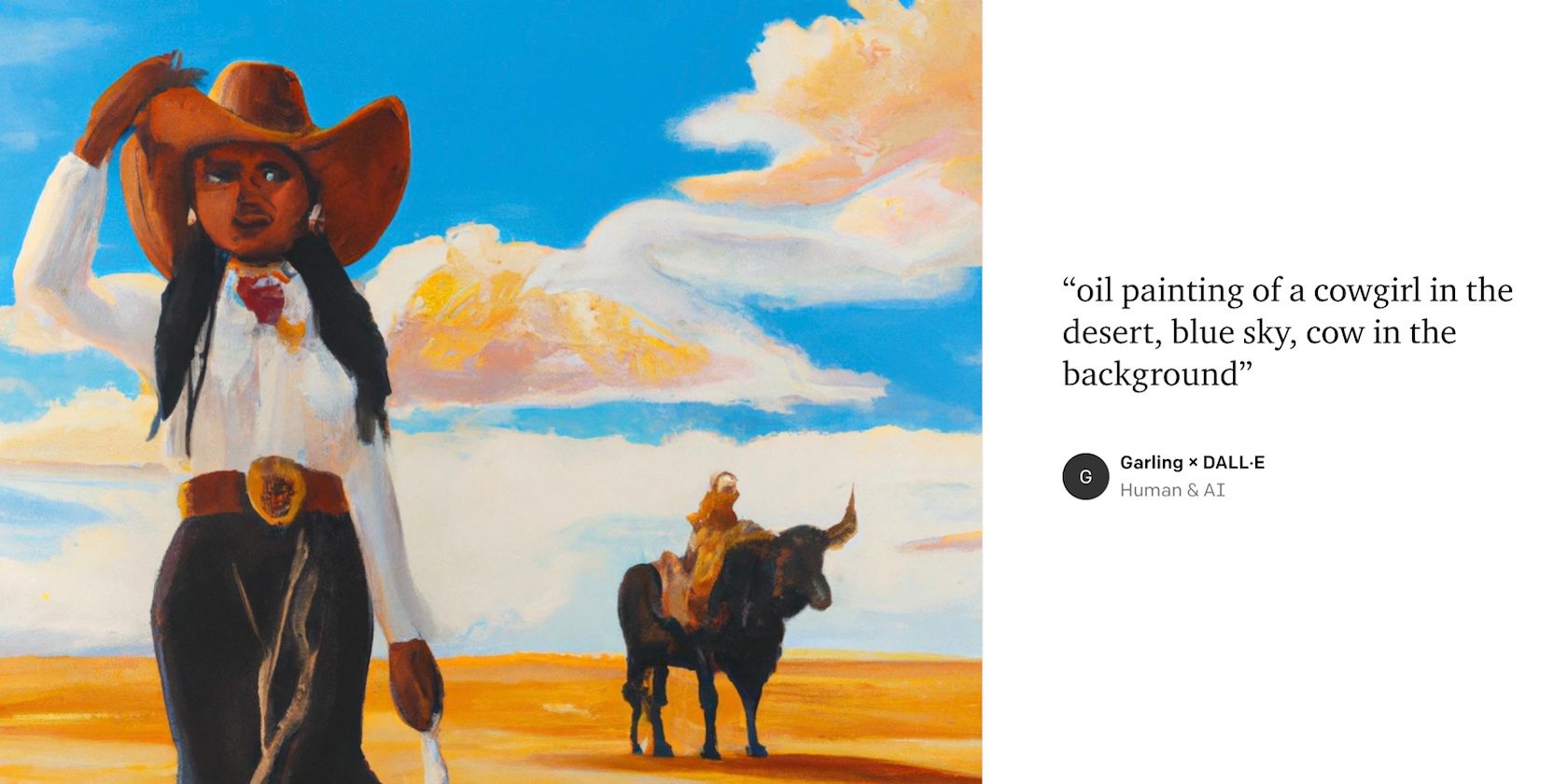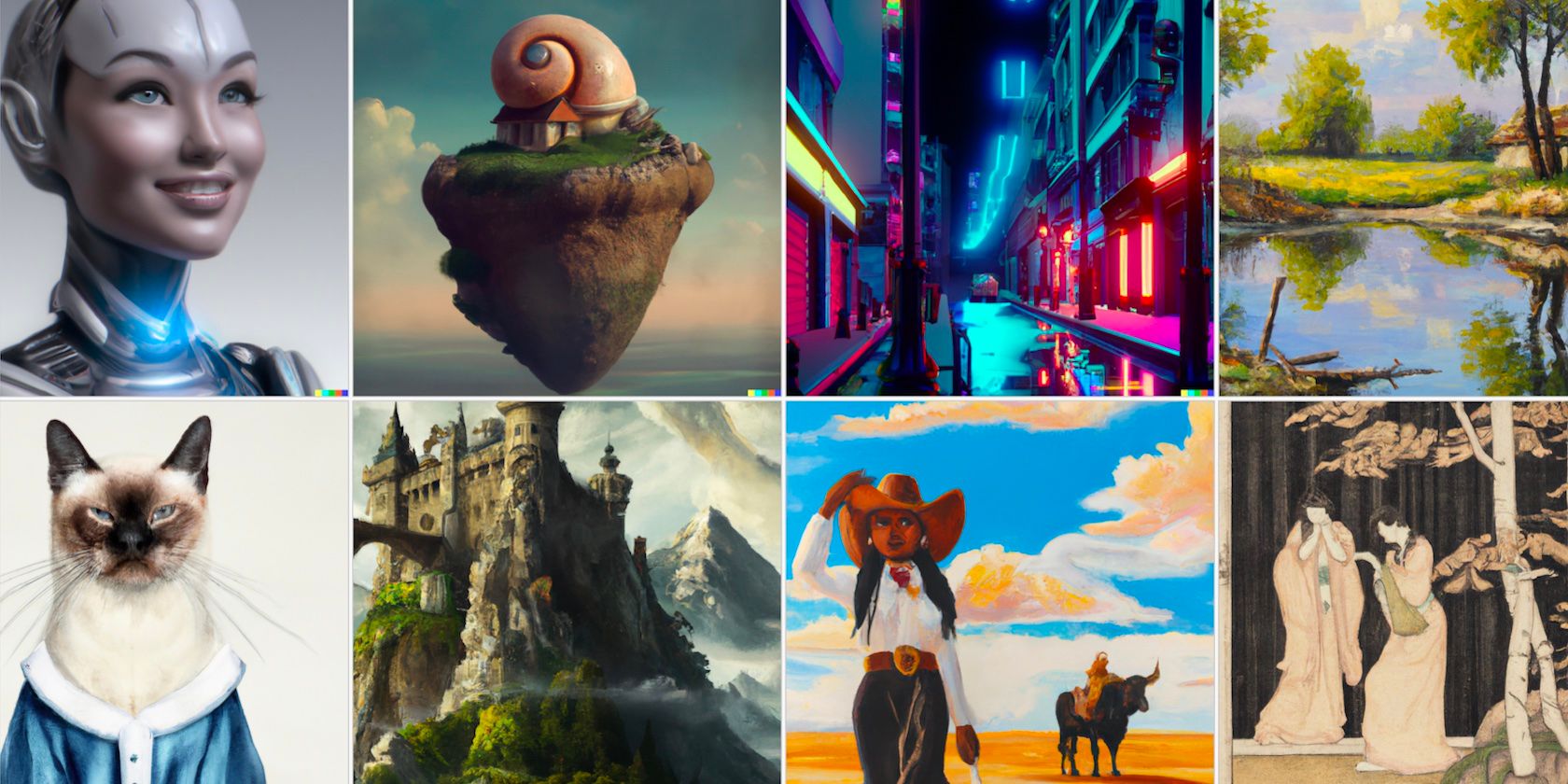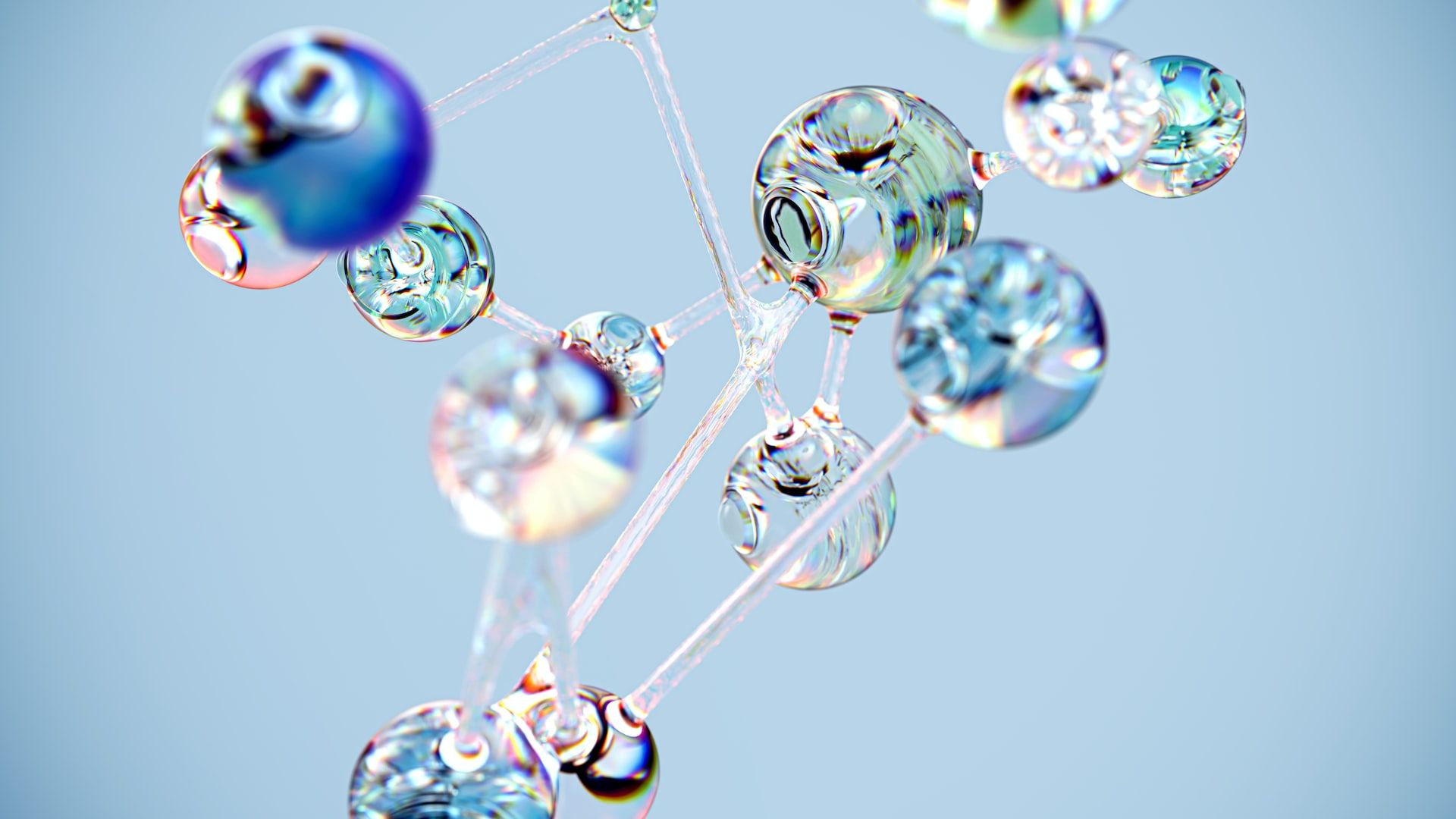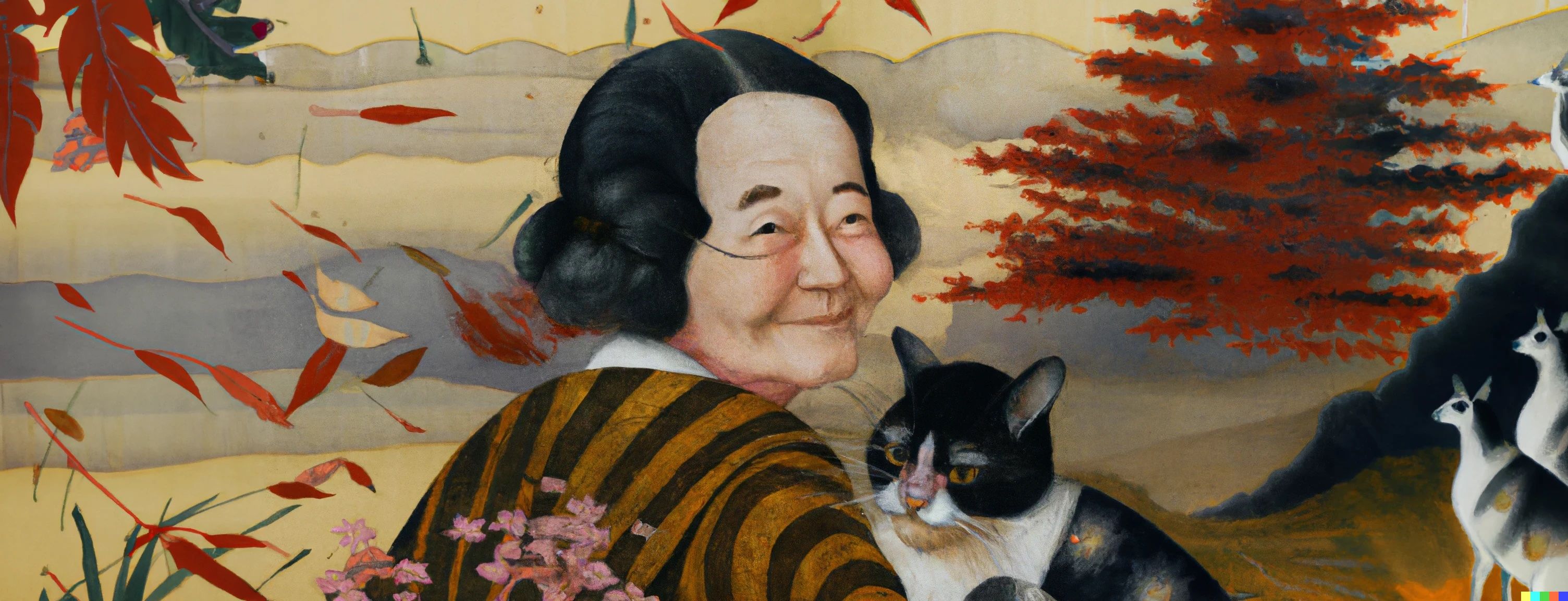Many of us have heard the name DALL-E floating around, but you might not be sure what it is. In short, it's a generative AI model that can create images that never existed before, all you have to do is tell it what you want to create.
When the follow-up version, called DALL-E 2, was released, it really shot to fame. The images that it could produce were of such a high-quality, and so well generated, that you could hardly tell a machine made it.
Here is what you need to know about DALL-E and how it works.
What Is DALL-E?
DALL-E is a generative AI model developed by Open AI that can generate images and art from a text prompt. In other words, you can write a sentence describing exactly what you want to see and DALL-E can create that image for you in a matter of seconds.
DALL-E was first released in January 2021 and has since been upgraded significantly in its second version called DALL-E 2. It was one of a few different AI art generators that became hugely popular for its ability to create beautiful images and art from scratch.
Since you only need to write a few descriptive words to generate an image, it's attracted many non-artists who find the tool incredibly fun and easy to use.
The images that DALL-E produce are so convincing that they are easily mistaken for art made by a human. Besides having the ability to depict objects and landscapes from the world around us, it can render these images in a specific style, such as digital art, watercolor, or impressionism.
DALL-E gets its name from the artist Salvador Dalí and a robot called WALL-E from an animated Pixar film. DALL-E's name certainly gives us an idea about how the company was aiming to combine art and AI technology.
You can find out all about how to use Dall-E 2 to create AI images in our in-depth guide, including how to get access and how to edit specific parts of the image.
How Does DALL-E Work?
There are quite a few different technologies behind DALL-E. But without diving into the complex mathematics, let's start with how DALL-E was trained on millions of images from across the internet.
The images used for training come from datasets that contain an enormous number of pictures that have a text caption. As you might imagine, with enough data the AI model can learn how to recognize what an object is and what it might look like in an image.
The dataset used to train DALL-E hasn't been revealed, however, you can still find out if your images have trained an AI model and opt out.
DALL-E was also built using a language model called GPT-3, or Generative Pre-trained Transformer. It was largely popularized when Open AI released ChatGPT, an AI chatbot that you can easily talk to in natural human language. This technology bridges the gap between text and image and helps turn the words you type into an image on the screen made up of pixels.
Another core part of DALL-E is the use of a Diffusion model. This model takes a noisy image—think of a highly pixilated image that isn't recognizable—and works backward to produce a clear image that matches the text description you entered.
What Can You Do With DALL-E?
People are using DALL-E for all sorts of things. You can try your hand at being an AI artist, use it to remix a famous work of art, or take an original artwork and extend it with DALL-E's editing functions.
Outpainting is a feature in DALL-E that lets you create even larger works by allowing you to attach newly generated image panels to an existing artwork. Learn how to use outpainting in Dall-E 2 to see just how far you can expand your AI-generated images.
Create AI-Generated Images With DALL-E
DALL-E is an easily accessible AI tool that you can use to make art or generate images, none of which have ever existed before. It makes use of incredible advances in machine learning, including GPT-3 and diffusion models. DALL-E's knowledge of the human world, including the history of art, comes from millions of images that were likely gathered from the internet.
The combination of several new technologies in generative AI means that you get to enjoy bringing your imagination to life using just words to paint a picture.




